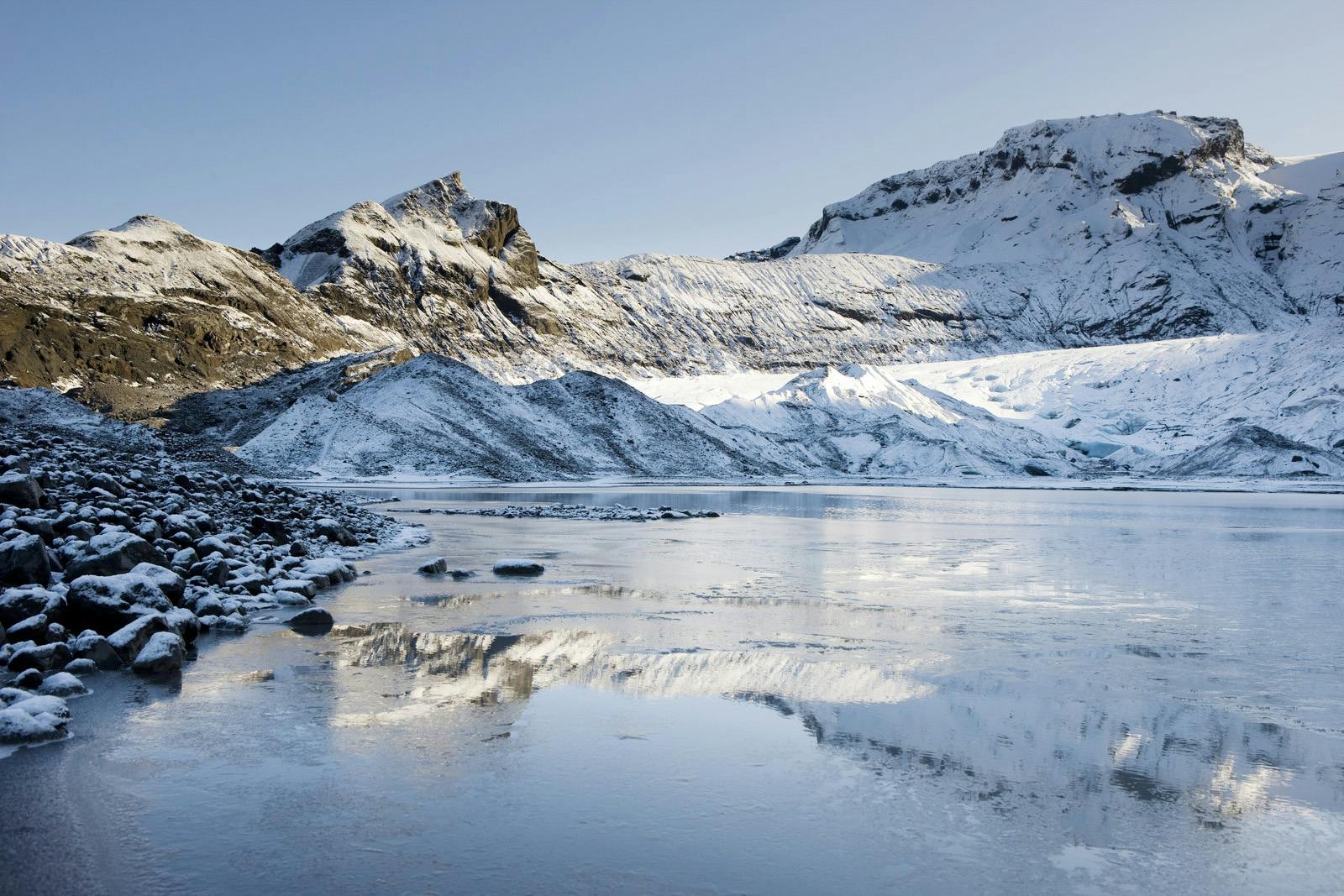
Guide to Steinholtsjökull Glacier in Iceland
Steinholtsjökull, a majestic glacier nestled in the heart of Iceland, stands as a frozen testament to the Earth's ancient history and its ongoing processes. This natural wonder, a part of the Katla Geopark, captivates the imagination with its sheer beauty and scientific significance. Steinholtsjökull is a glacier tongue coming down from the famous Eyjafjallajökull. In January 1967, a substantial section of the Innstihaus mountain fractured and descended as a rock slide onto the glacier, resulting a formidable flood.
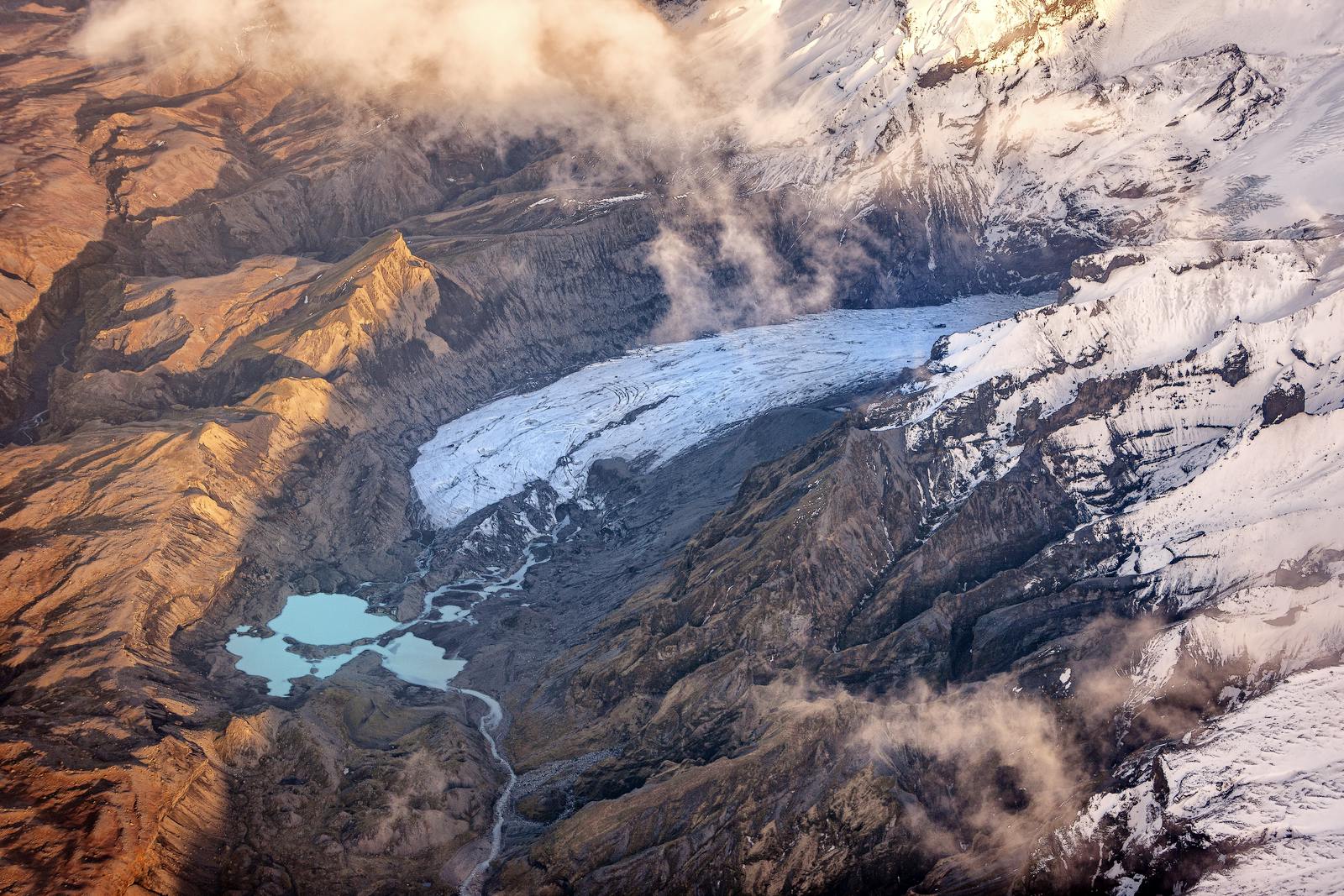
Geological Origins and Formation
Steinholtsjökull, like other glaciers, is a dynamic entity, constantly moving and shaping the landscape. The glacier flows downhill under the influence of gravity, and its movement is not uniform – faster in the centre and slower at the edges. This movement is crucial for understanding the glacier's erosive power and its role in shaping the land over geological timescales.
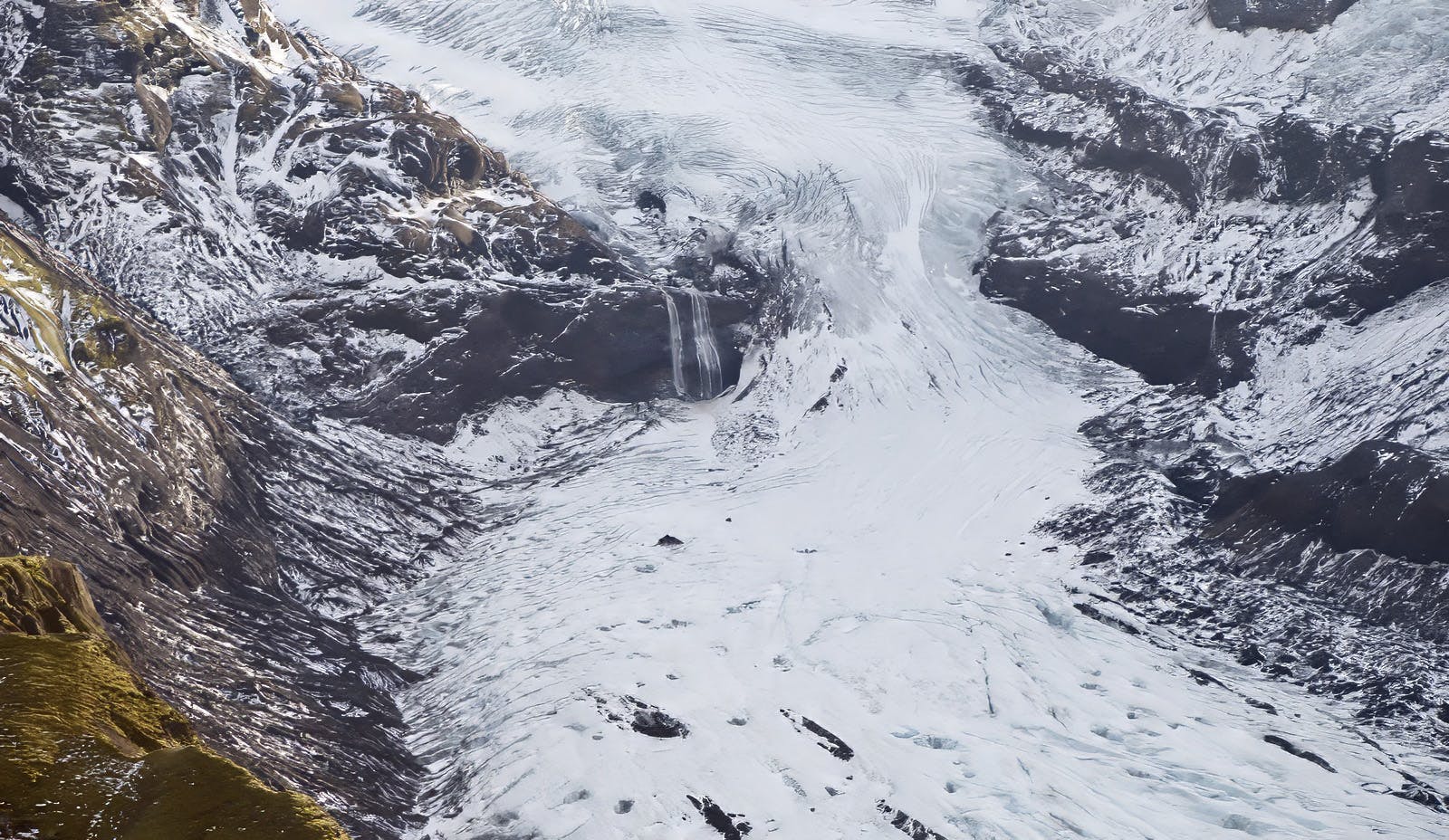
Ice Dynamics and Glacier Features
The glacier's surface is a labyrinth of crevasses, icefalls, and seracs, creating a breathtaking but perilous terrain. These features are a testament to the internal dynamics of the glacier and the complex interplay between ice, gravity, and environmental conditions.
Crevasses, deep cracks that form on the glacier's surface, are born from the glacier's movement. As the ice flows over uneven terrain, stress accumulates, leading to the formation of these fractures. Some crevasses can extend to impressive depths, providing scientists with a unique opportunity to study the glacier's internal structure and the ice's composition.
Icefalls, majestic frozen waterfalls of sorts, are another distinctive feature of Steinholtsjökull. These occur when the glacier descends over a steep slope, causing the ice to fracture and create a cascading effect. Studying icefalls helps researchers understand the complex dynamics of ice flow and the impact of topography on glacier behaviour.
Seracs, towering ice pinnacles, are sculpted by a combination of pressure, movement, and environmental factors. These formations can be likened to nature's sculptures, standing as frozen sentinels that silently witness the passage of time.
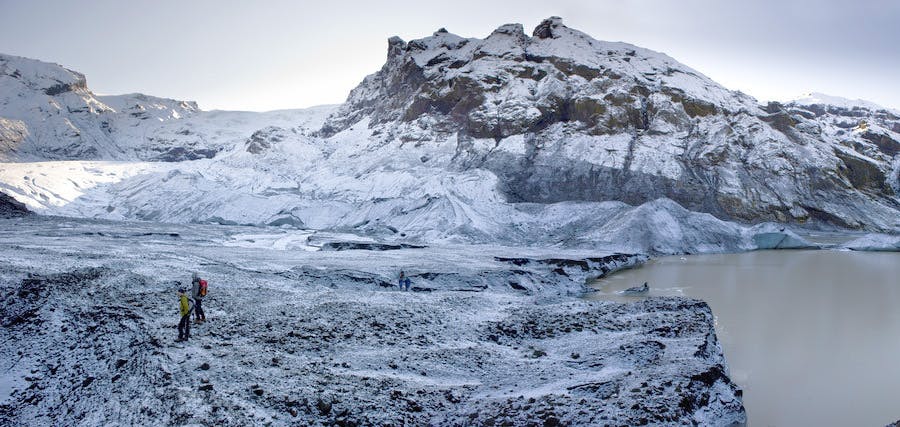
Climate Change and Glacier Retreat
While Steinholtsjökull is a symbol of geological endurance, it is also a vulnerable entity in the face of climate change. Glaciers worldwide are receding at an alarming rate as global temperatures rise, and Steinholtsjökull is no exception.
The glacier's retreat is a visible manifestation of the warming climate, with melting accelerating. The process is not only transforming the landscape but also contributing to rising sea levels, impacting ecosystems and communities around the world.
Scientific studies, including satellite imagery and field measurements, document the changes in Steinholtsjökull's size and mass. These observations play a crucial role in climate research, providing insights into the intricate relationship between glaciers and climate dynamics.
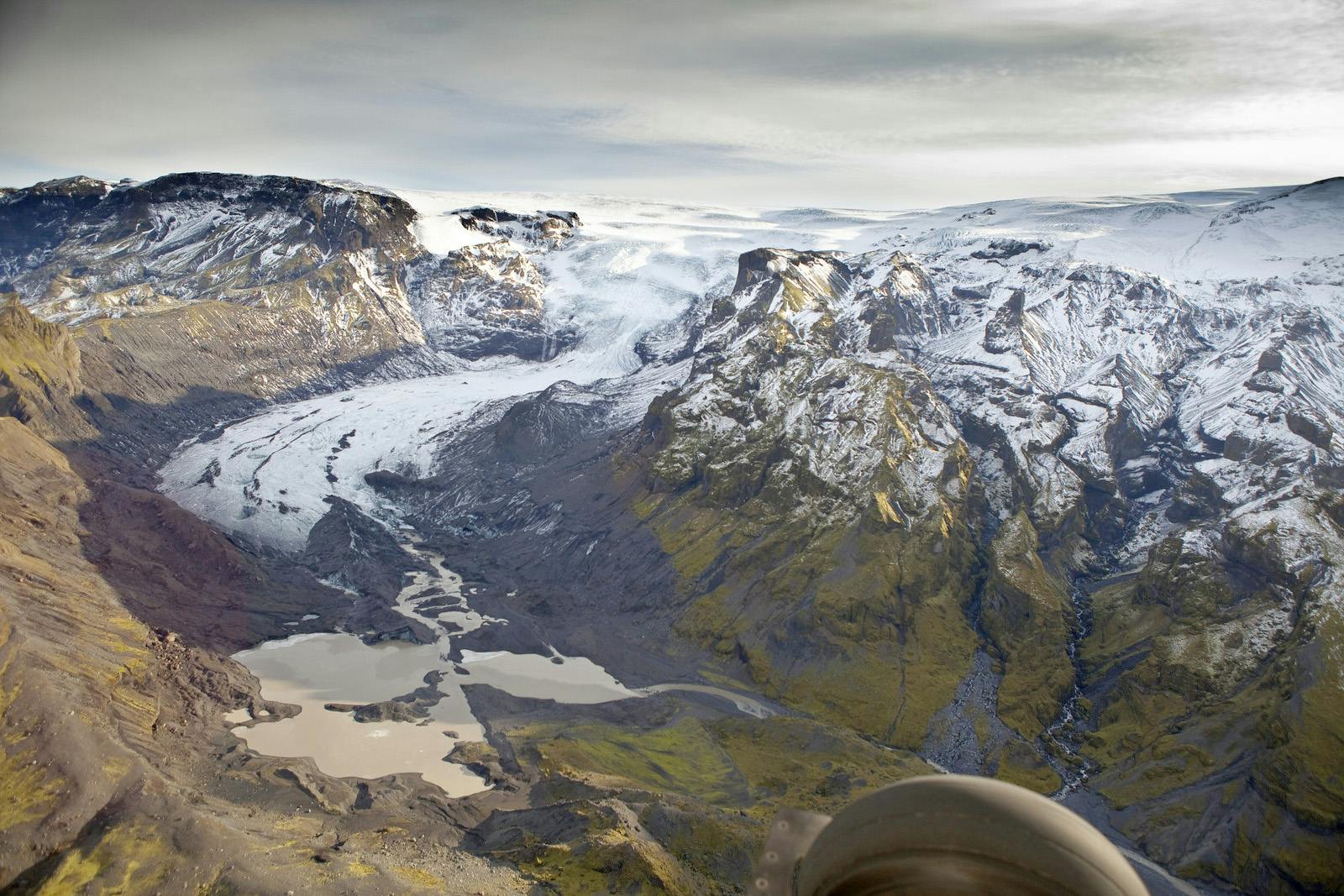
Ecosystems in the Glacial Realm
While the harsh conditions of Steinholtsjökull may seem inhospitable, life manages to thrive in this icy realm. Microbial communities, adapted to extreme cold and low nutrient availability, can be found within the glacier's ice. These microorganisms are not only fascinating in their ability to survive in such extreme environments but also offer insights into the potential for life on other planets with icy surfaces.
Surrounding the glacier, the glacial foreland provides a unique habitat for flora and fauna. As the glacier retreats, it leaves behind a barren landscape that gradually transforms into a mosaic of plant life. Pioneer species, such as mosses and lichens, establish themselves in the nutrient-poor soil, paving the way for more complex plant communities.
The rivers and streams fed by the melting glacier also support diverse aquatic ecosystems. From cold-water fish species to invertebrates, these environments are intricately connected to the glacier's dynamics. Understanding these ecosystems is crucial for assessing the broader impacts of glacier retreats on biodiversity and ecosystem services.
Conservation and Scientific Inquiry
As Steinholtsjökull faces the challenges posed by climate change, conservation efforts and scientific research become increasingly crucial. Conservation initiatives aim to preserve the unique ecosystems surrounding the glacier and mitigate the broader environmental impacts of glacier retreat.
In conclusion, Steinholtsjökull stands as a remarkable intersection of natural beauty and scientific intrigue. This glacier, shaped by the forces of nature over geological epochs, serves as a living laboratory for understanding Earth's history, climate dynamics, and the delicate balance of ecosystems in extreme environments. As we navigate the challenges of a changing climate, Steinholtsjökull beckons us to explore, learn, and ultimately contribute to the ongoing dialogue between science and the natural world.
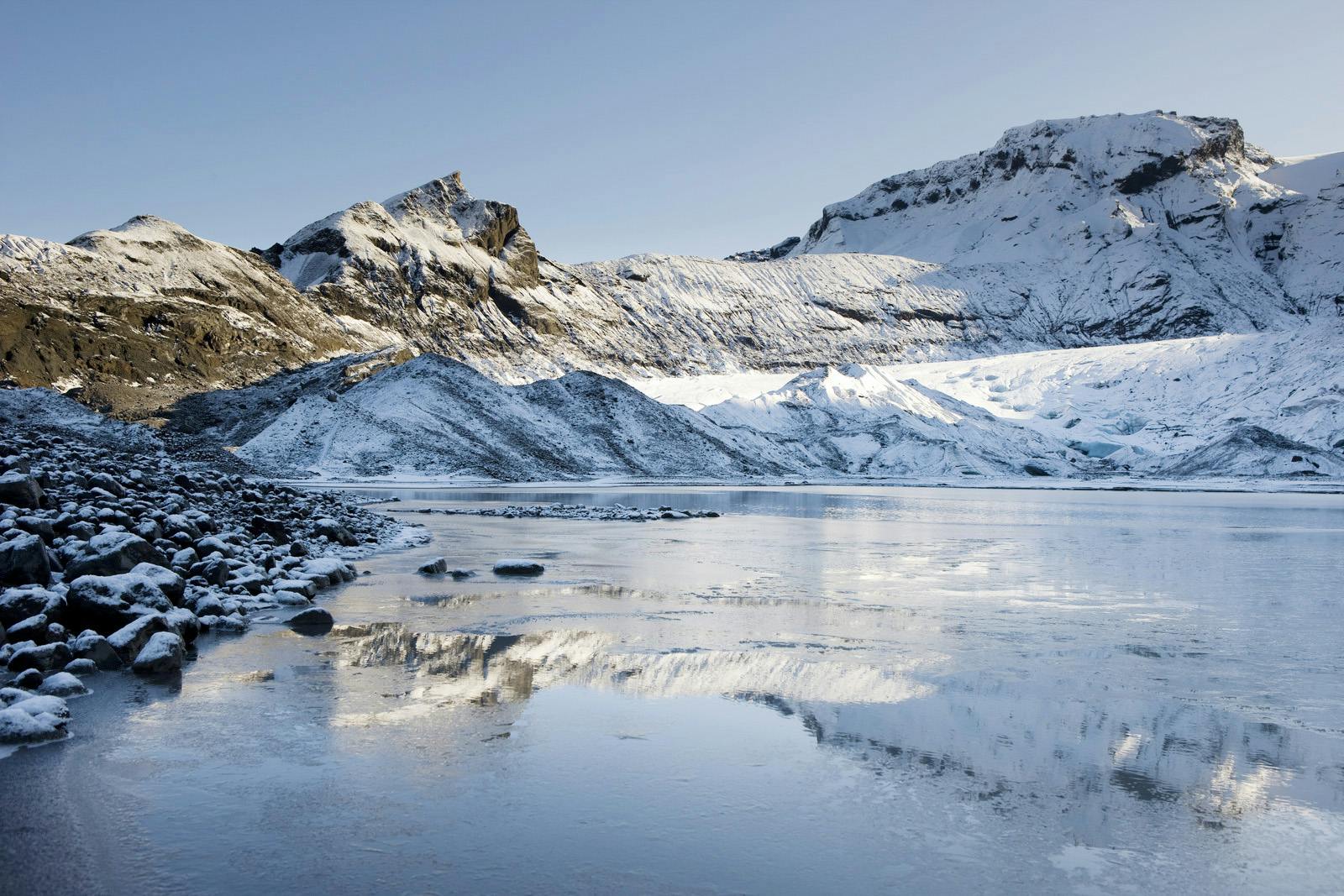
Exploring Iceland’s Glacial Wonders at Perlan Museum
Discover the captivating world of Icelandic glaciers at the Perlan Museum in Reykjavík. The museum invites visitors to immerse themselves in a variety of exhibits and interactive presentations showcasing the country's extraordinary natural marvels. Explore the dedicated Glaciers and Ice Caves exhibition, where cutting-edge technology, interactive displays, and compelling narratives converge to provide a delightful and educational experience. Gain valuable insights into the profound impact of glaciers on Iceland's environment and nature, making your visit to Perlan a blend of enjoyment and learning.
Popular articles

Things To Do In Reykjavík In November
Discover the best things to do in Reykjavik in November, from witnessing the Northern Lights and exploring museums to enjoying cozy cafes and geothermal hot springs.
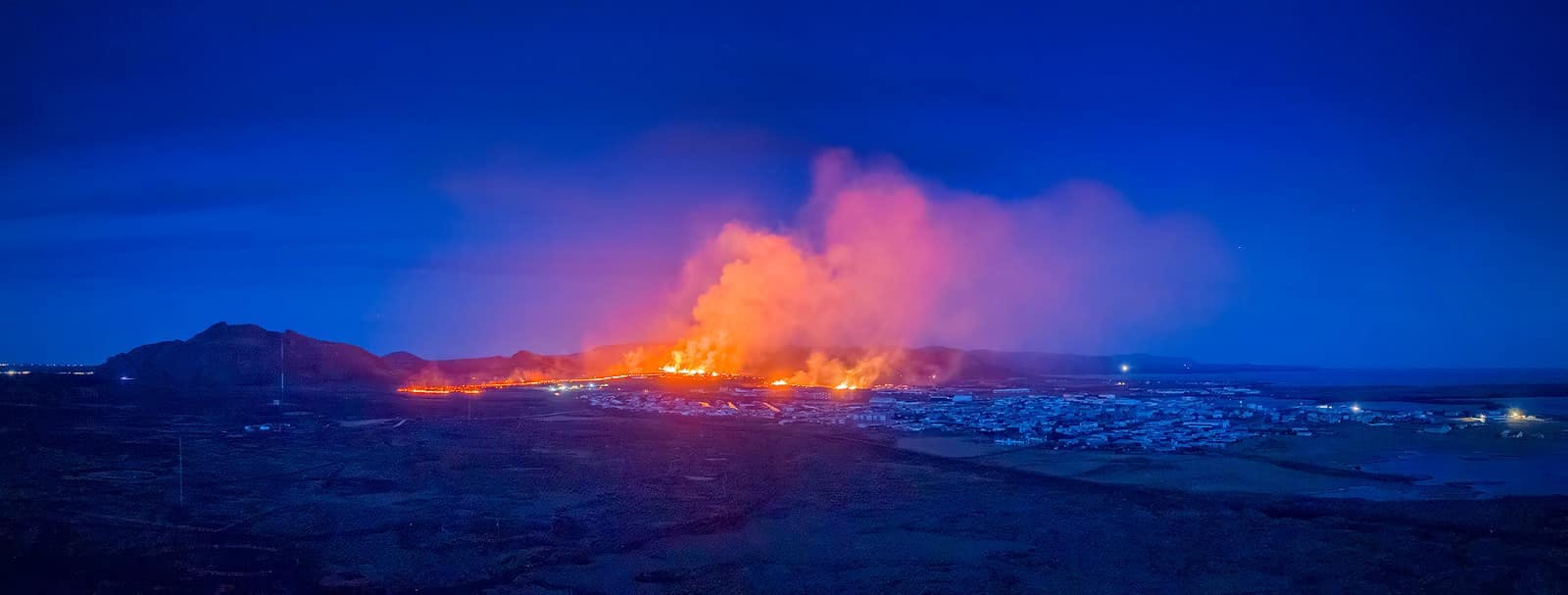
Updates on the Sundhnúkagígar Eruption in the Reykjanes Peninsula!
The current eruption in the Reykjanes Peninsula, is called Sundhnúkagígar Crater Row. See insights on the seismic activity and volcanic eruptions in the area!
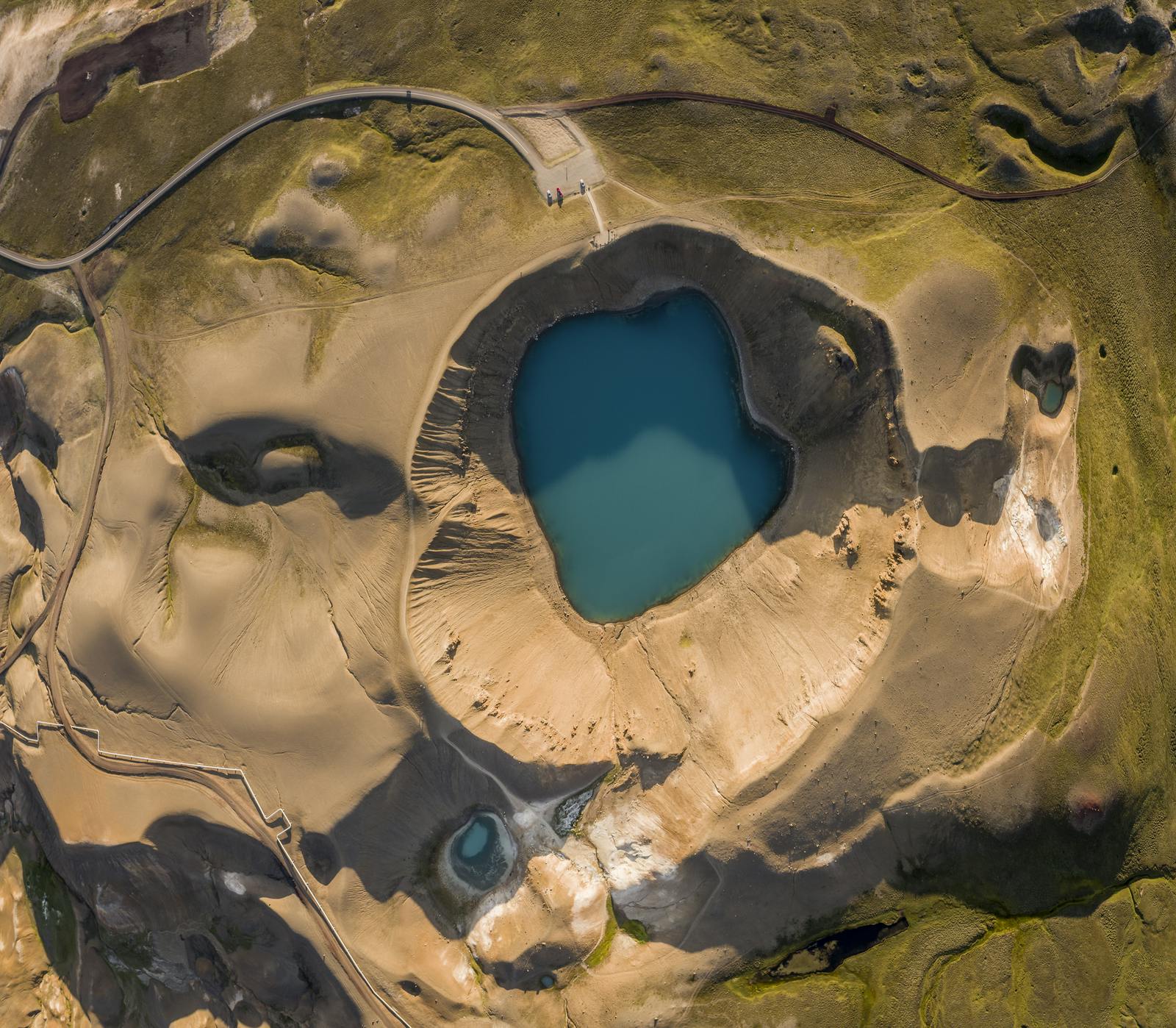
Earthquakes in Iceland
Earthquakes in Iceland are a fact of life. Each year, thousands of small tremors shake the earth, a reminder of the country’s position on a tectonic plate boundary.
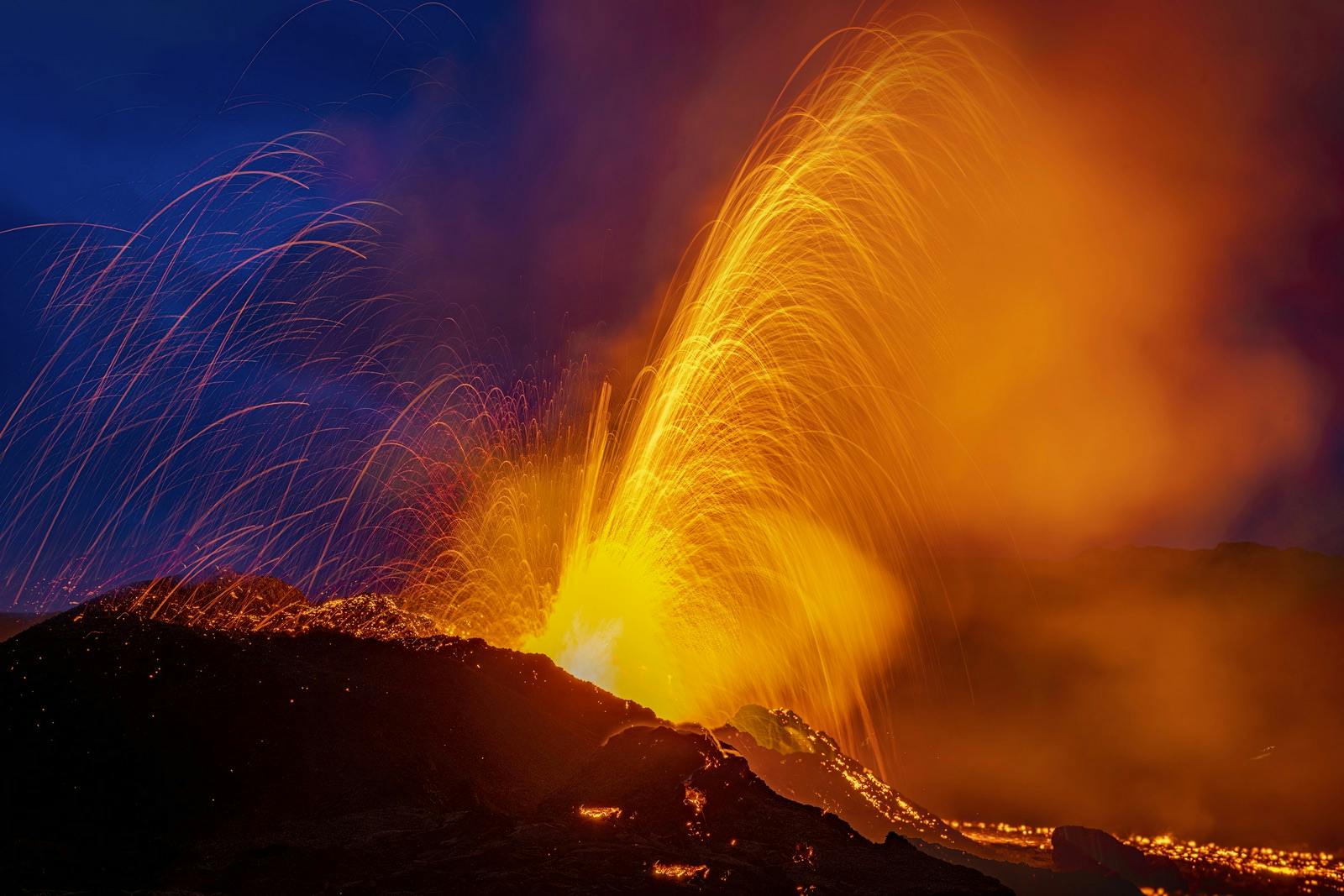
Volcano Museums and Exhibitions in Iceland
If you don't manage to visit an actively erupting volcano in Iceland - Experience its force at one of these excellent volcano museums and exhibitions in Iceland.
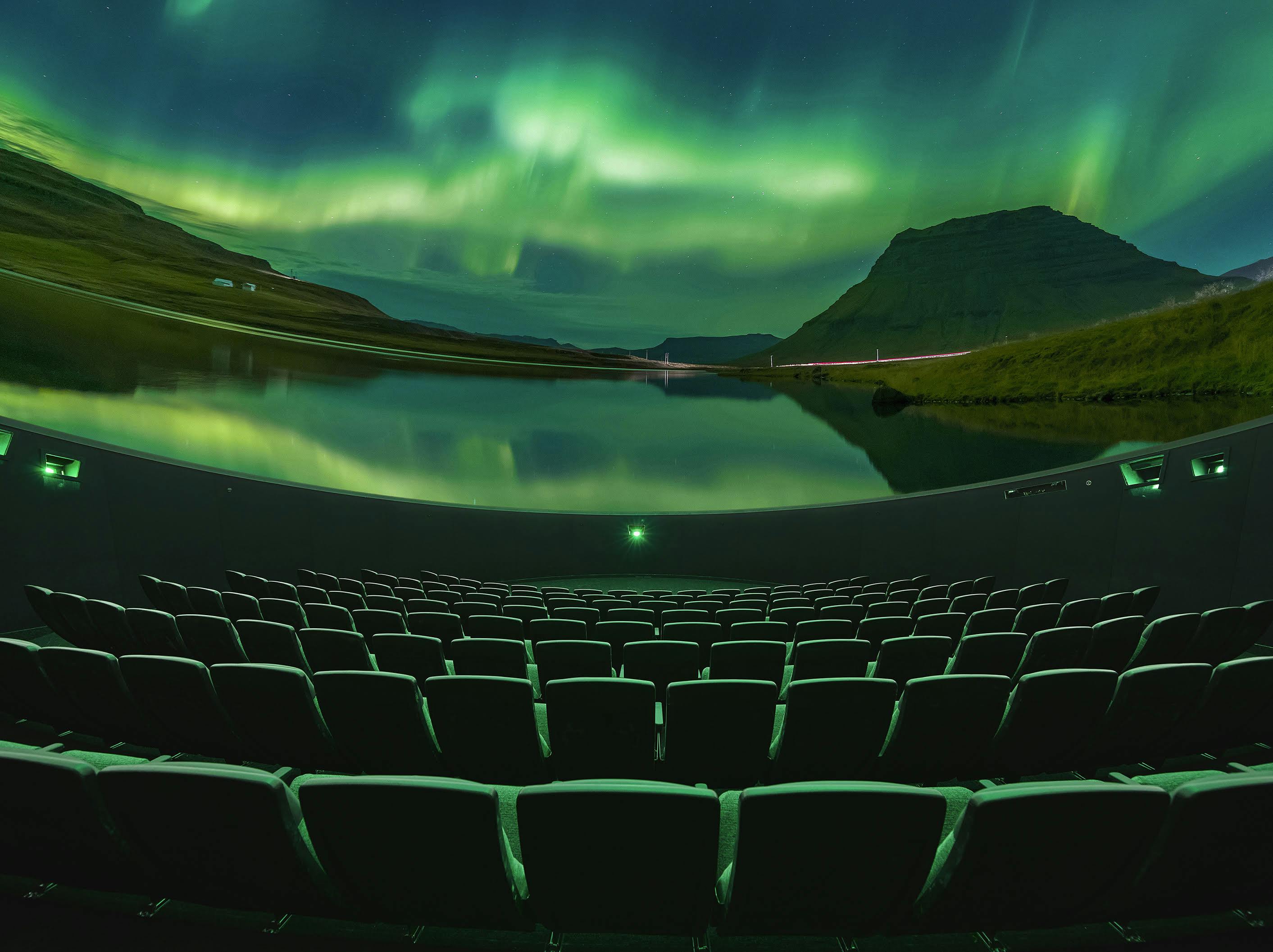
Top 10 Places To See the Northern Lights in Iceland
You can see the northern lights across the country, but some spots are more suitable than others. Find the best place to see the northern lights in Iceland.
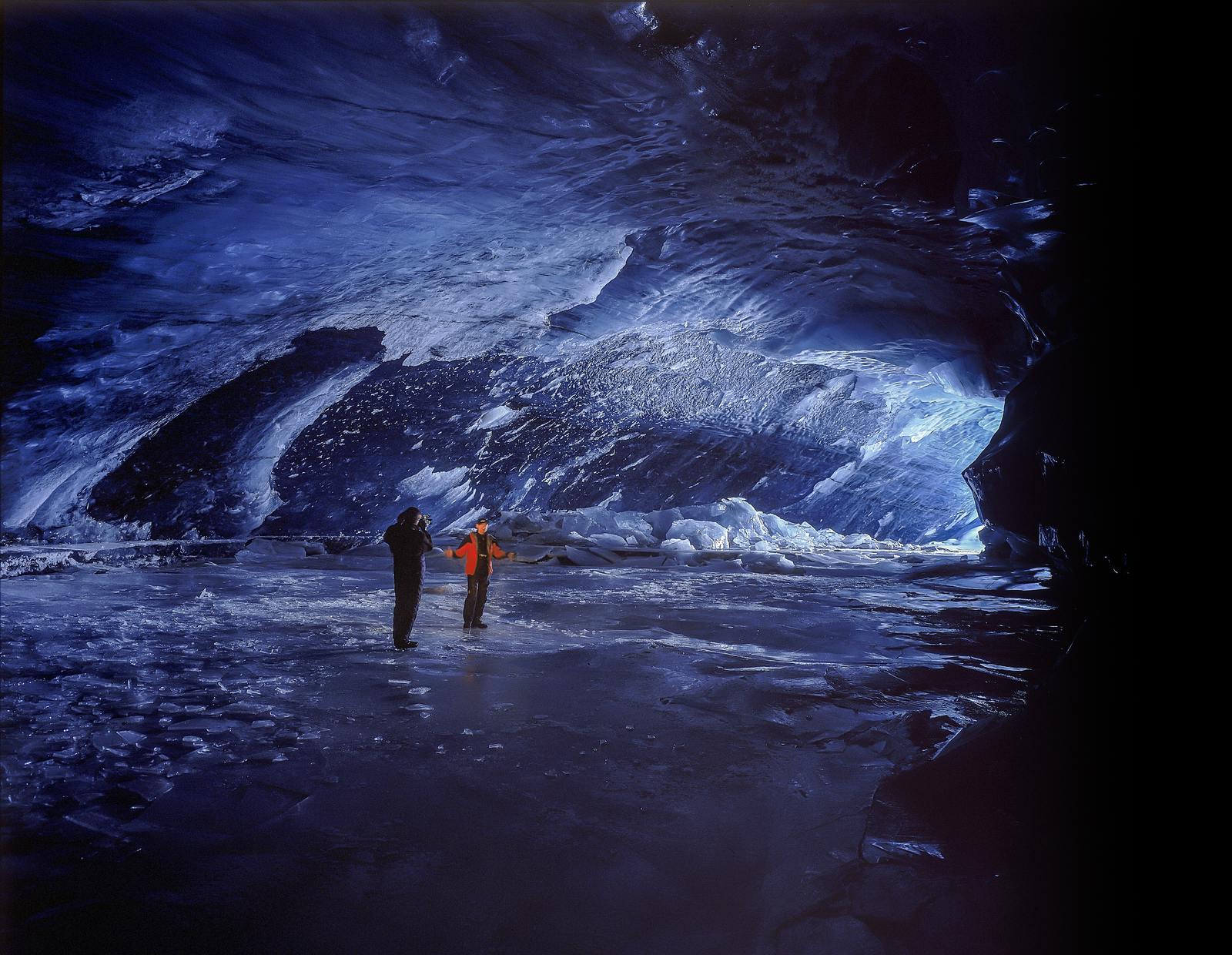
Ice Caves From Reykjavik
Travel beyond the capital for a closer look at an ice cave under one of Iceland’s glaciers. If you can’t spare the time, experience Perlan’s ice cave in Reykjavik.